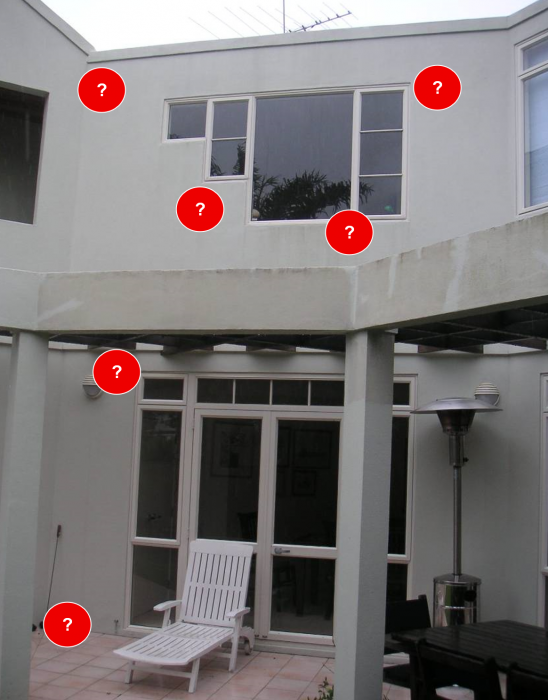Invasive Test:
Weathertightness test of a building to determine if the roof, gutters, claddings, windows, flashings, decks and ground lines are effective in preventing rain water from entering the home or its structure.
Normally conducted by a professional with weathertightness expertise.
Normally to a prescribed procedure so as to not damage the building.
Normally recommended during a building inspection
Reason for Invasive Testing: Building inspectors raise flags when they identify weathertightness detailing which have a history of failure. Their concern is visual inspections do not involve cutting or drilling to find out if the building could be suffering from rainwater entry affecting the home or its structure. In some cases, damage is obvious; carpets may be wet, ceilings with stains and walls get cold and spongy. Sometimes mould may be found. These are the visual surface consequences. But the inspector is raising an alert because they are worried that behind the surface the insulation, wall framing and support mechanisms may be wet, or have been wet. The consequence could be decayed framing or rust. Insulation values may be lost. Toxic mould can grow. It could be serious.
The warnings by a building inspector may be the first you hear about this. They carry equipment like surface scanners and Thermal Image cameras. These are designed to find differences in density which could mean wet walls. Worse still the framing could be decayed and the structure is in trouble and expensive to repair. The recommendation to Invasive Test is to find out whether there 'could be a consequence' caused by the weathertightness detailing laying hidden between the walls.
The prime information gathered during Invasive Tests are the condition of the framing, the treatment level and the moisture contents.
Invasive Test: Outcomes
Normally conducted by a person with Weathertightness experience.
Bad results are decayed framing.
Good results are framing in good condition.
Interpreting in between results needs expertise.
Invasive Testing is the reverse engineering of surface inspections. The objective is to get sufficient samples of the underlying structure hidden behind the building walls to draw conclusions about the damage, cause of damage and likely outcomes for owners.
A good starting point is the condition of the samples extracted during Invasive Tests equals the sum total of all the rainwater exposures the timber framing has had since it was milled from the Forrest, erected as framing and subject to inservice conditions since enclosed during construction.
Obviously decayed framing means defects have allowed water in, over time, to cause damage. It could also mean the framing was not adequately treated to be used in that wall.
Results may be:
- Timber in good condition and dry. Nothing to worry about.
- Timber in good condition but wet. Means current leaks need repairs but structure unaffected. Could be because the framing has been treated to a level to prevent decay. It could mean a previous owner has already discovered the leak and had it repaired and replaced decayed framing, but the leak repair has failed or the wrong detail was deemed responsible. Further investigation required.
- Timber is decayed but dry. It could be a summer test so currently dry. It could mean an owner has discovered the leak and had it fixed but left behind decayed framing. The structure could be compromised. You could be left with the legacy of damage.
- Timber is decayed and wet. This means the leak is ongoing and the framing has become damaged. The framing was inadequately treated against decay, or not treated at all. Substantial repairs are required to both the framing and the claddings. It is advisable to extend the Invasive Testing to more similar locations around the house in case this is systemic.
There is a lot of scope between decayed framing and good condition framing. Framing may show evidence of early decay. Moisture contents may be marginal for decay. Framing may be treated to resist decay but for short periods. This is where a person with weathertightness experience is important. Owners may have many options.
Invasive Test: Causes of wetting
Wetting is the physical change when absorbent materials absorb liquid.
There are three main wetting mechanisms
- Liquid form: Water enters a crack or gap and enters the building fabric in liquid form and runs down the walls under gravity slowly becoming absorbed into anything it contacts with that is porous. This is called the ‘leak pathway’ and is generally given the from of a Christmas Tree shape, broader at the base and conical at the top where the leak is. This wets mainly the framing at the leak entry point, horizontal obstructions like bottom plates and boundary joists, absorbent claddings like Harditex and Stucco, the insulation and Chip Board flooring.
- Wicking mechanisms: Wicking is the transport mechanism moving water from one porous material to another. Water wicks through and along porous materials like Harditex, Stucco, Chip Board flooring, GIB boards and framing until it becomes saturated. Does not need a gap to occur. An example is putting the tip of paper into a glass of water.
- Vapour and Humidity: Wet materials inside walls will remain in an active state of trying to dry out. This process of evaporation is where water absorbed in materials evaporates into the air within the walls increasing its humidity which then redistributes the suspended water to surrounding drier materials until moisture contents reach equilibrium. This causes all materials to gain moisture. This often creates a vapour pressure which drives humidity beyond the ‘leak pathway’.
Invasive Tests are needed to determine which or all of the principals are operating and what options are available to reduce them to stop wetting and damage.

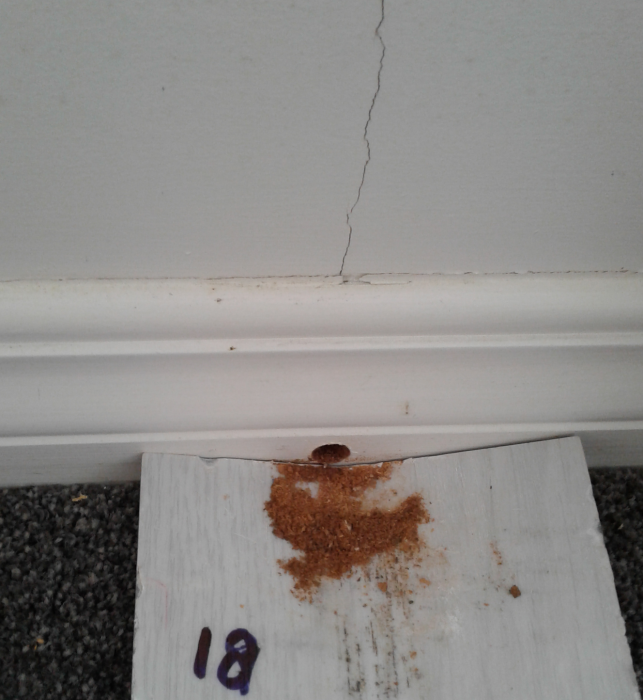 Invasive Test (Weathertightness) (Durability)Moisture detection units suitable for invasive testing weathertightness of homes.Enquire...
Invasive Test (Weathertightness) (Durability)Moisture detection units suitable for invasive testing weathertightness of homes.Enquire... logo
logo
 All about Invasive Testing Folder
All about Invasive Testing Folder 02 Reading Moisture with Mdu Probe adaptor and industry meter.JPG
02 Reading Moisture with Mdu Probe adaptor and industry meter.JPG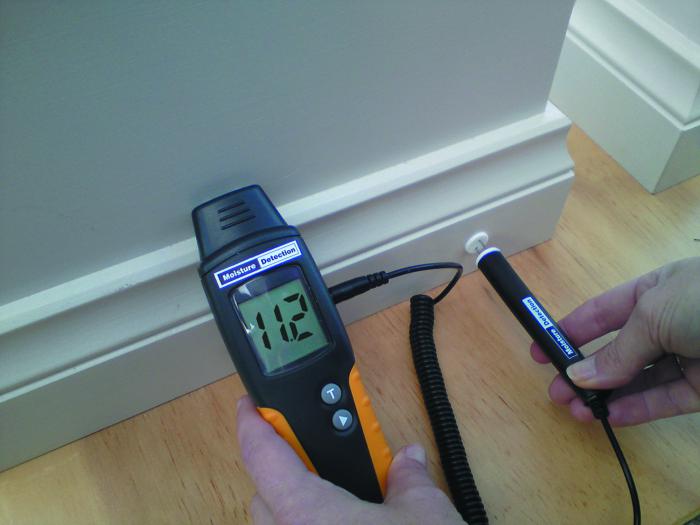
 Dry decayed framing behind newly painted walls
Dry decayed framing behind newly painted walls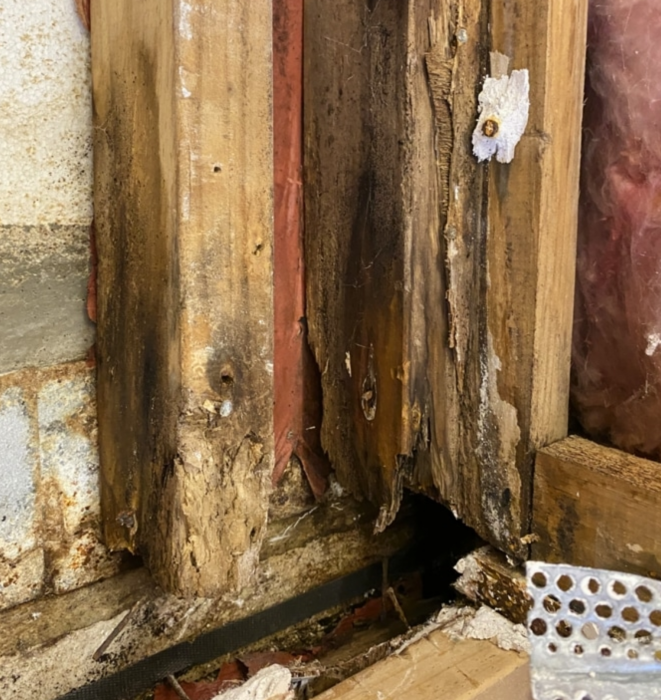
 Invasive Test Framing Samples show importance of Boron treatment
Invasive Test Framing Samples show importance of Boron treatment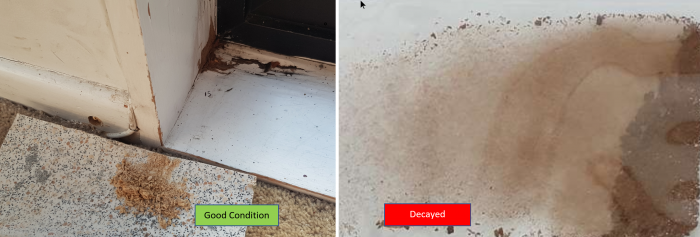
 Invasive Test Framing Samples
Invasive Test Framing Samples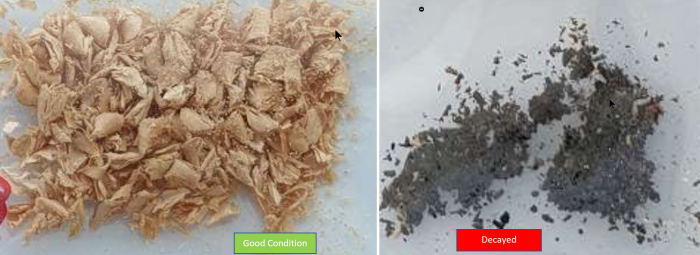
 Uncertainty requires testing
Uncertainty requires testing